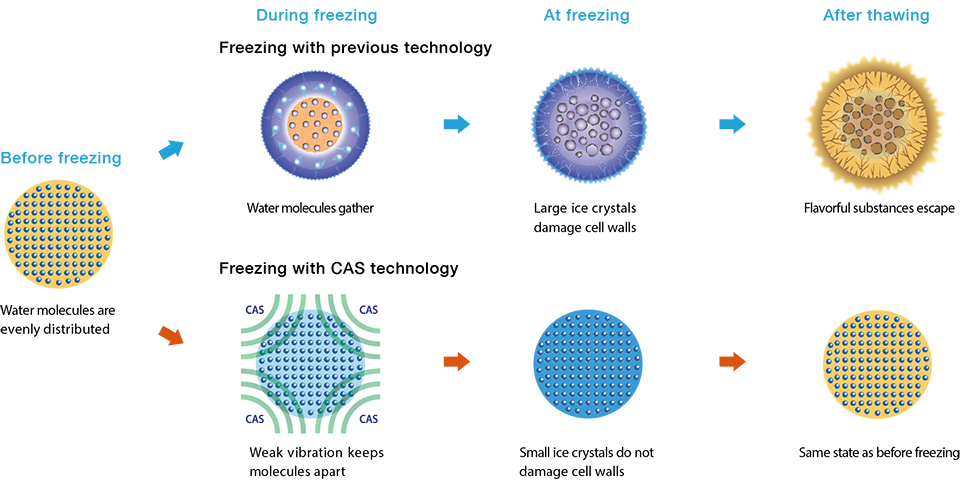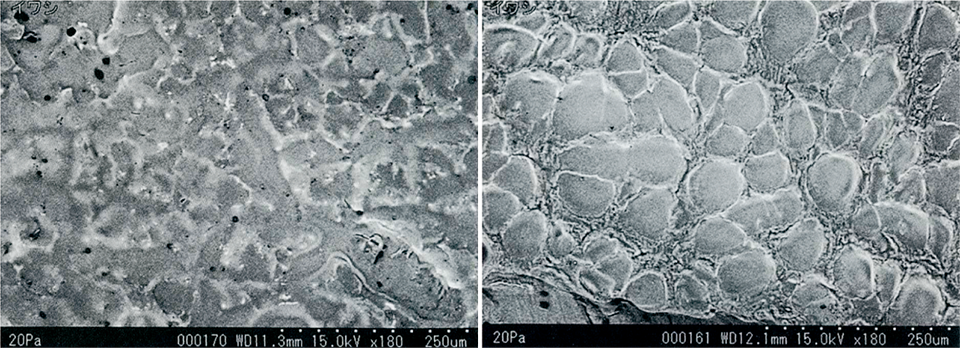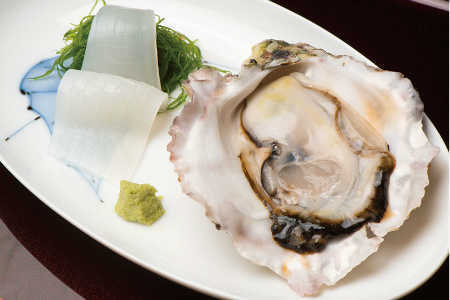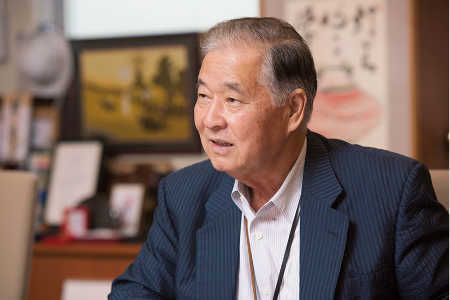The invention of freezing technology dates back to the mid-nineteenth century. Over the years since then, efforts to better preserve the freshness of frozen food led to advances in areas like quick-freezing technology, but it was not possible to avoid flavor loss when the food was thawed. However, a technology developed in Japan has been attracting attention for its ability to greatly reduce this undesired effect.
When food is frozen by traditional methods, the process takes time, starting at the outside and progressing inward; in the course of this process, the molecules of water inside cell tissue form large ice crystals, which damage the cell walls and membranes. So when the food is thawed, some of the flavor-producing substances escape through the resulting openings. This is the cause of flavor loss.
The new technology, called Cells Alive System® (CAS), applies minute amounts of energy to the food using a magnetic field, which makes the water molecules vibrate and keeps them from coming together to form crystals. In this way it creates a super-cooled state where the water does not freeze even at temperatures below 0°C. Then, the food is frozen in an instant with the application of a weak impact. The ice crystals that form are small, and damage to cell walls and membranes is minimized.
This CAS technology was developed by Abi, a small company headquartered in Nagareyama, Chiba Prefecture, northeast of Tokyo. Norio Owada, the company’s president, developed a quick freezer for whipped cream in the 1970s, and he started researching freezing technology to preserve the quality of cooking ingredients in 1992. Taking note of a phenomenon seen with freezing rain, where super-cooled raindrops freeze instantaneously when they strike an object, he came up with this new freezing technology in 1998.
CAS makes it possible to offer diners fish and shellfish with their original freshness and to steadily supply seasonal foods year round. It has helped a remote island to overcome the disadvantage of its location and establish a place for its seafood as a new regional specialty in distant markets. As President Owada relates, “CAS-frozen oysters from Ama, an island community in Shimane Prefecture, have become popular with both chefs and consumers on the mainland; even when thawed, people say that they retain their original ocean aroma, taste, and texture. At oyster bars in Tokyo, more than 600 kilometers [about 370 miles] away, they are going for JPY 800 [about USD 6.67] a piece, more than the prices for raw oysters from other locations.”
The potential applications of Abi’s CAS technology are not limited to food freezing. Since it allows cell tissues to be frozen and thawed in an almost unchanged state, there are hopes that this technology can be applied to medical fields like organ transplants and regenerative medicine. Abi is now conducting joint research with universities and medical institutions for this purpose. This technology has major potential as one that may transform medicine around the world.
Tomodachi Menu
- Top
- Previous Issues
- Topic
- Country/Region
Close

- Top
- Previous Issues
- Topic
- Country/Region
-
- Asia
-
- Pacific
-
- North America
-
- Latin America and the Caribbean
-
- Europe
-
- Middle East
-
- Africa
-
- Other Area
-
-
Tomodachi Autumn / Winter 2015

































































































































